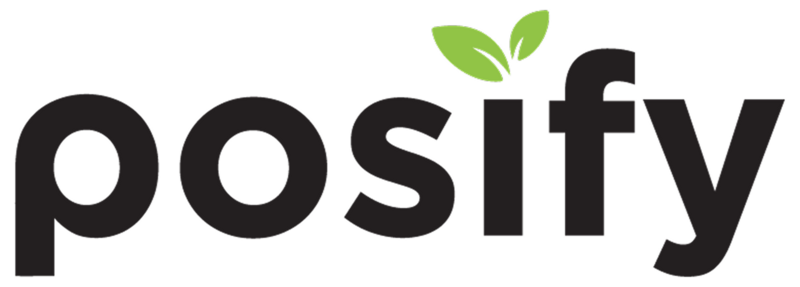Sign-in
Taipei Office
No. 99, Fuxing North Road
15F-212, Songshan District
Taipei City 105, Taiwan
Zhuhai Office
Tangjiawan Town, High-Tech Zone
Block C, 2/F, Building 24, Kechuang Park
No. 1 Gangwan Road, Zhuhai, China
Singapore Office
Blk 79 Ayer Rajah Crescent
#01-13/14
Startup Hub, one-north, Singapore 139955
We serve cookies.
We use tools, such as cookies, to enable essential services and functionality on our site and to collect data on how visitors interact with our site, products, services. By clicking Accept, you agree to our use of these tools for advertising, analytics and support.








![[The Advantages of O2O] An Inseparable Online-Offline Marketing Strategy](https://www.posify.me/hk/cdn/blog-media/medium/260.jpg)












